We'd like to welcome you to ‘Shortcuts,' our end-of-month 6-question interview on our Substack platform, followed by a six-day daily takeover of our Instagram account by the featured artists and galleries. Please take a moment to click here to subscribe to our Instagram if you haven't already. Now, without further ado, please welcome artist Rana Kadry.
Art has the power to challenge societal norms, amplify marginalized voices, and create spaces for dialogue and reflection. In this interview, we delve into the creative world of Rana Kadry, an artist whose work explores themes of identity, social justice, and personal transformation. Through intuitive and experimental processes, Kadry crafts thought-provoking pieces that invite deep conversations about politics, spirituality, gender and the often-overlooked aspects of daily life. Inspired by surrealism and storytelling, she uses diverse mediums—including illustration, collages, poetry, installation, and stop-motion animation—to build bridges between personal experience and collective consciousness.
Drawing from her personal experiences growing up in the Arab region, Rana Kadry navigates the contradictions between tradition and self-empowerment, breaking taboos and reimagining narratives that align with her evolving identity. Currently based in Sweden, she finds herself in a unique space of in-betweenness—navigating her identity as a woman, a person of colour, and an immigrant. This perspective fuels her creative voice within the Scandinavian art scene, where she addresses ideologies often considered controversial in her homeland. While not seeking to represent all Arab women, her work mirrors the realities of being an Arab woman in today’s world—one shaped by shifting beauty standards, gender roles, and cultural expectations.
Rana Kadry is an Egyptian/Canadian illustrator based in Stockholm. She graduated with a master’s degree in visual communication from Konstfack in Stockholm and holds a bachelor's degree in scenography from The Faculty of Fine Arts in Cairo. She has also studied a post-master course about black feminism at The Royal Institute of Arts in Stockholm.
What conversations do you hope your work will spark?
Conversations about the human condition; our hopes, our struggles, our mental health, our vulnerability. Discussions about taboos and topics out of our comfort zone. I crave deep conversations about politics, spirituality, and purpose. This is really what I would love my work to open doors for. I believe the artist's role is to dive into the unknown and present it to the world, which is why I feel the world sometimes resists the artist because it does not want to see the truth. So, I try to observe, reflect and express what I feel, in hope to shake still waters.
Could you describe your creative process? Tell us about one of your projects
My process is very much intuitive, it starts from one idea, one object, one thought or one obsession. And then it grows with time with some experimentation. The process often surprises me because I usually have no idea where it will end, which is fantastic! Stepping into my art studio day after day, I let myself indulge in my trials and my frustrations, but most importantly into my playfulness.
Playing and having fun was a big part of my project Vi som städar, a body of work celebrating the invisible domestic work and investigating class and gender issues. The project started in my art residency at The Bag Factory Art Studios in Johannesburg. For three months, I experimented with cleaning tools from brooms made of grass brooms and mop yarn found in the neighbourhood of Fordsburg. I created portraits made with white yarn from mops, trying to construct a white skin face. My attempt was to reverse the narrative that all maids in Johannesburg are Black or Brown. Then I wanted to challenge myself with going in volume instead of 2D surfaces, so I sketched briefly a sculpture idea and got help from the great South African artist Kagiso Patrick Mautloa to build the structure of the cone-shaped sculpture. I did a prototype, had fun iterating it and getting feedback from fellow artists. Soon in February, you will be able to see the sculpture exhibited in Liljevalchs Vårsalong 2025.
How does your studio or workspace (physical or mental) look like?
I presently have a studio at Studio ABC in Vällingby, Stockholm. After many years of working from home, having my own place made a significant difference in my ability to maintain a work-life balance. On days when I have a good routine, I start the day by reading a few lines from The Artist’s Way or another book, and then burn some incense in the studio, before starting on my day’s tasks. Working in a zen and cozy ambience is important for me. I can get lost for hours in my studio when I’m in the flow. During a deep stage of a creative process, the room becomes messy, which I do not mind until I feel messy in my head, at which point I start tidying up and rearranging things to renew the energy in my environment.
Is your art influenced by where you were born or live now?
Since I was a child, I have lived in four different countries, on four different continents. I’m sure every environment and culture has influenced the person I was and the person I am becoming. I know that I have grown so much since I left my home country, Egypt, because I met new people and navigated new perspectives. And this has definitely influenced my art practice immensely; I became curious about other topics and other mediums.
The art scene in Europe is very different from North Africa. I don’t want to compare them, but what I mean is that living in Sweden has given me access to new opportunities as well as new challenges, which shaped the artist that I am today. I remember when I first moved to Stockholm, I used to draw Nordic animals which I had never drawn before when I was living in Cairo for example.
In Sweden, nature is something that inspires me a lot, often my creative energy blooms best while running or walking in forests. In addition, the academic education that I had here in Sweden was a great tool for evolving my practice and entering the scene. I learned from different mentors and had room for much experimentation.
Who are some of your most important female (womxn) sources of inspiration and influence? (includes everyone who identifies as female or non-binary)
Oh! I have a long list of outstanding womxn that inspires me. But, before I name them, I would like to express how much my mother and sister have inspired me, by teaching me to be strong and caring. Plus, ALL the womxn who are awakening to their passion, and listening to their inner voice.
Here is some of my sources of inspiration in non-specific order; Oum Kalthoum, Miriam Makeba, Nadine Labaki, Kamla Abu Zekri, Mona El Tahawi, Alia Ali, Mona Hatoum, Bisan Owda, Paula, Emel Methlouni, Souad Massi, Mona Chalabi, Hannah Moushabeck, Shirin el Feki, Bahia Shehab, Azza Fahmy, Jameela Jamil, Zoe Noble, Amie McNee, Nina Simone, Niki Lindroth Von Bahr, Frida Kahlo, Athena Farrokhzad, Saadia Hussain, Shirin Neshat, Niki de Saint-Phalle, Suzanne Osten. (and the list is growing!)
Rana Kadry, Clip from short film Woman Is My Last Name, 2022
What personally or professionally excites, worries, or keeps you connected?
I am always excited by new art projects that challenge me and discuss a topic I'm interested in. I also get very excited when I deeply connect with a movie, a book, a friend, or a stranger.
I am worried about our humanity, I feel it is threatened by the crazy world we live in. I am worried that connections and communities will become rare in the future (if it isn’t already the case now). The artist in me is concerned about how I will continue to support myself financially during the rule of this disappointing current government in Sweden.


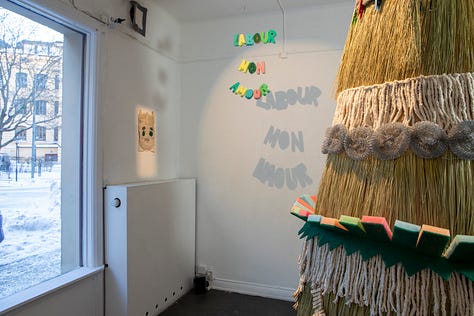

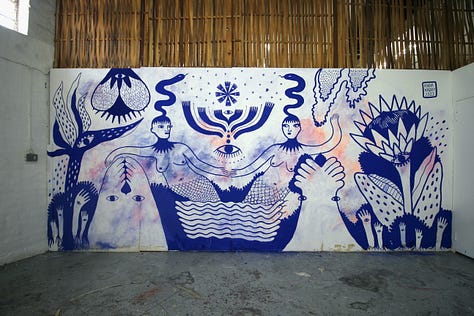
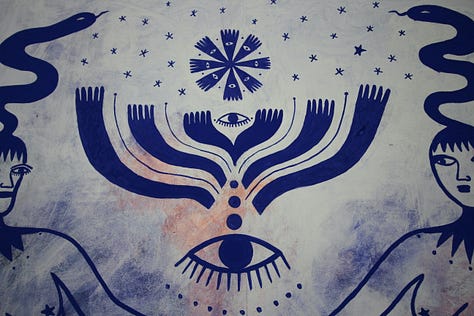
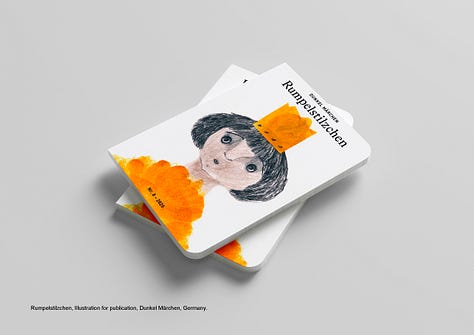

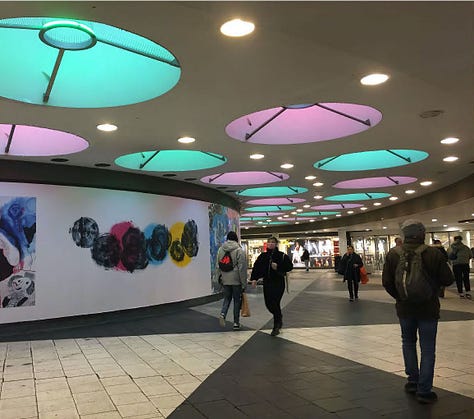
For further information about Rana Kadry, please visit her website and Insta pages, but first, spend the next week with Rana by following her takeover of our Instagram page!






What a beautiful world of colors. Warm and innocent